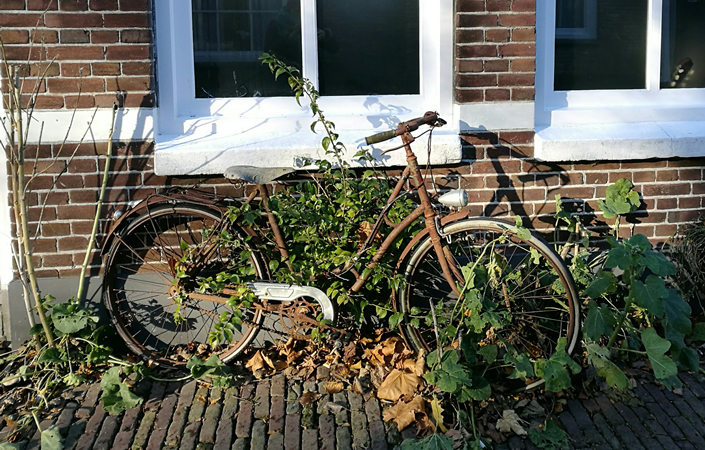
On the agile triangle (methods, structure, culture), one of the most difficult aspect remains that of cultural change; that is neither new nor surprising. What we call culture is a combination of many factors that cannot be grasped by causal thought and are therefore hard to influence by the usual methods of change management. Culture is not a thing that we change, it is something we live, that we bring to life by ourselves and our interaction with others.
There is a particular notion of the kind of person, or colleague, who we consider to be the basis of agile work methods, of work and life in agile organizations: it is usually a construct of young people from generation Y or Z. Structures that are more democratic, have a reduced hierarchy and are self-organized must be in touch with the life concepts of individuals if they are to work. It is no surprise that it has to be said: these »identities« are rare in the companies of today. Identities cannot easily be exchanged, it is not possible to simply adopt a new identity; yet we expect employees to do just that. In doing so, we experience that the models looking to a future of »new« work often fail to see the people performing in the companies.
We are facing the challenge of developing new identities for modern organizations. Not only companies can fulfil this task: in fact, it pertains to the social identity structures of our society.
Identity is rather a continuous process, in which people understand and design their life – in a psychological, social, political and philosophical dimension. A central aspect that touches on all dimensions is the understanding of work and the significance of work to the development of identity. This process is where we have to interject. That means that we need to address the significance of status, upward mobility, the meaning of life that is communicated through work in an accepted structure. Even where colleagues want to break down hierarchies today, their creation of identity cannot fit with the thought of a lateral career: they are attached to the expectation of hierarchical promotion and status gain.
As identity is a process, a negotiation between agents and by agents with structures, we can work on a process of identity for new organizational forms. This is where the boundary between work identity and social identity collapses; I can find the necessary conditions only in urban life designs.
As a process, it passes through several stadia. These include moments of confusion, judgemental comparisons with others, a tolerance for new forms of trying one’s own role, an acceptance of the new stage of identity, a development of pride and eventually the integration of the ‘work identity’ into the entire spectrum of the personal identity. It makes sense to describe this as a journey, which becomes easier when it is undertaken together with partners. It is probably necessary that these processes are accompanied. To achieve this, there are individual coachings as well as, especially, supervision concepts for groups. Looking for a way into this process, it is promising to address the topics of diversity and inclusion. Tackling these issues opens people up and lets them develop an openness for their own process of identity formation. At the same time, we must not overestimate the achievements that are available to a company in this process vis-a-vis dominant conditions and values. It will therefore be necessary to find people who are already on their way to living a different work identity.
Rüdiger Müngersdorff
